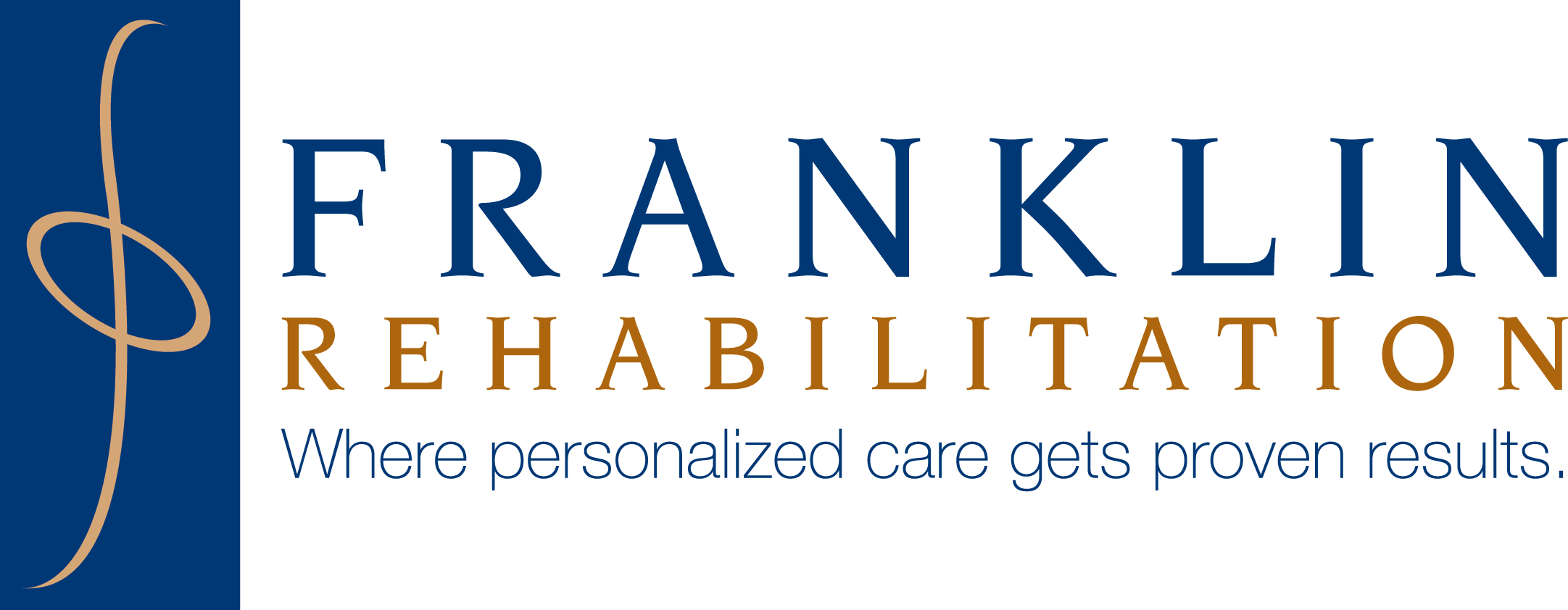Stroke physical therapy: What it is and how it can benefit you

Every 40 seconds, someone in the United States experiences a stroke. It’s a condition that involves brain damage from an abrupt blockage of blood to the brain. Strokes can even be fatal.
Stroke victims often receive physical therapy services to address their symptoms. Stroke physical therapy is a type of PT designed to rehabilitate these individuals. After experiencing a stroke, most people have difficulty walking, talking, chewing, swallowing, and performing other activities they likely once performed easily. Physical therapy is capable of helping victims of strokes regain some control over their bodies. It can help them begin to perform everyday tasks. PT can help patients relearn how to dress, take a shower independently, and read and write.
What are some of the most common effects of a stroke that can be treated with physical therapy?
These are some of the most frequently reported stroke side effects:
- Muscle weakness and stiffness — A stroke often leaves its victims to manage poor muscle strength and excessive stiffness. It can be difficult to use the muscles in the body to perform daily functions, such as walking, talking and eating. Getting physical therapy treatment from a stroke specialist can improve muscle function. It can increase the ease with which a patient performs everyday activities.
- Difficulty swallowing — Many patients report having trouble swallowing after their stroke. In fact, about half of all stroke patients develop this problem. However, swallowing difficulties can be helped during physical therapy. Stroke physical therapists can help patients practice strength-building exercises to regain control over the throat and mouth.
- Trouble urinating and defecating — Urinary and bowel incontinence is another common effect of strokes. Strokes can lead to poor pelvic floor function. This can cause incontinence and other pelvic conditions, like pelvic organ prolapse. One study reports that stroke patients are up to 37% more likely to experience urinary incontinence and pelvic organ prolapse.
- Balance and gait problems — Stroke patients typically struggle with maintaining good balance and proper gait. A history of stroke can make a person more likely to lose their balance and become injured from falls.
- Muscle and joint pain — People who have experienced strokes usually develop muscle or joint pain. Stroke patients are prone to muscle spasms and joint pain from weak muscles. Research suggests that around 30% of stroke survivors go on to develop post-stroke pain.
- Foot drop — Stroke patients often experience something called “foot drop.” This condition involves dragging your feet on the ground, swinging your legs out while walking, and raising your feet high up off the ground in unusual walking patterns. It results from muscle weakness and imbalances. Foot drop increases a person’s chances of injuring themselves while walking.
- Touch receptiveness — A person who has experienced a stroke will likely change their receptiveness to touch. They could lose feeling or sensitivity in their skin or make their skin feel extra sensitive. They could also have difficulty detecting temperature changes in their skin. Stroke victims are susceptible to burning themselves on a flame or stovetop. Many stroke patients experience changes to their senses, whether they become dulled or stronger.
Can a physical therapist benefit someone who’s experienced a stroke?
Working with a physical therapist can improve many of the aftereffects of strokes. Here are some of the key benefits:
- You’ll strengthen your muscles — Physical therapists are experts at building muscle strength in their patients. Strokes are capable of negatively impacting your muscle capacity. Your physical therapist can help you gently regain some of your strength. They’ll help you improve key muscle groups to walk, talk, swallow and eat more easily.
- You’ll address your nerve damage — Physical therapists can also help stroke patients by addressing any nerve damage that may have occurred. They can stimulate the affected nerves and relieve nerve compression that may be causing pain or discomfort.
- You’ll see improved circulation to your muscles — PT specialists can improve the blood flow to your muscles. Increased circulation can promote healing and speed up recovery for stroke patients.
- You’ll improve your balance and gait — Balance is one factor most affected after a stroke. PT specialists aim to help stroke patients improve their balance and walking patterns so that they’re less likely to injure themselves from falling.
- You can regain independence — One of the biggest benefits of getting physical therapy treatment for a stroke is that a physical therapist can help you regain independence. If your stroke has taken away your ability to perform the tasks you once enjoyed, PT is intended to rebuild muscle strength, boost circulation, improve balance and gait, and more so that you can feel more independent.
Let Franklin Rehabilitation be the one to treat your stroke symptoms
Life after a stroke doesn’t spell the end of your independence forever. Care from the right physical therapy clinic is often the key to regaining control over your own life after experiencing a stroke. Are you ready to take control of your symptoms? Consider making an appointment request today for a free screening with one of our experts. At Franklin Rehabilitation, our physical therapists are uniquely qualified to treat your stroke symptoms. We can help you take steps in the right direction toward greater independence.
Contact our team today for more information or to schedule an initial appointment.
